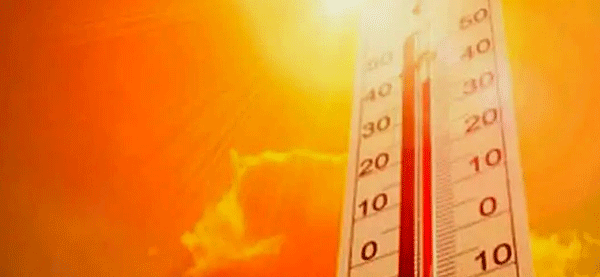The Indian Meteorological Department (IMD) has forecasted an early onset of the Southwest Monsoon for 2024, with Himachal Pradesh expected to receive substantial rainfall due to favorable oceanic conditions.
For the June to September 2024 period, India is anticipated to experience slightly above-average rainfall, approximately 106% of the typical 87 cm. Himachal Pradesh is projected to receive normal rainfall, ranging from 92% to 108% of its long-term average of 734.4 mm.
In June, Himachal Pradesh is expected to receive 101.1 mm of rainfall, which aligns with the usual amount for this month.
Early in the monsoon season, weak El Niño conditions are expected to prevail, transitioning to neutral conditions as the season progresses. By the end of the monsoon period, there is a possibility of La Niña conditions developing, which could significantly influence rainfall patterns.
El Niño, a climate phenomenon characterized by warmer ocean temperatures, often leads to reduced rainfall in India. Conversely, La Niña, which is the opposite phase of El Niño, generally brings increased rainfall. The El Niño-Southern Oscillation (ENSO), which includes both El Niño and La Niña phases, plays a crucial role in affecting monsoon patterns.
The monsoon is influenced by various climatic factors, including the Indian Ocean Dipole (IOD) and ENSO conditions. Currently, neutral IOD conditions are present, but they are expected to become positive, potentially enhancing rainfall later in the season.
The transition from El Niño to La Niña could result in increased rainfall towards the end of the monsoon season.
Temperatures in June are expected to be above normal across most parts of India, including Himachal Pradesh. However, night temperatures in the northern regions may remain normal or below normal.
Typically, Himachal Pradesh experiences varying amounts of cumulative rainfall during the three-month-long Southwest Monsoon season, usually commencing around June 24-25.
During an average monsoon season, Kangra district records the highest rainfall in Himachal Pradesh with 1622.4 mm, while Kinnaur receives the least with 247.8 mm. Shimla and Mandi receive 627.5 mm and 1097.5 mm, respectively.
In the 2024 monsoon season, Himachal Pradesh is likely to experience normal to above-normal rainfall, which will be beneficial for agriculture and water resources.
Last year, the state experienced a vigorous monsoon, leading to devastating consequences. Two major spells of heavy rainfall in July and August resulted in approximately 555 fatalities and the destruction of around 1400 houses and cowsheds due to landslides.






